Apple has used the Super AMOLED screen developed by Samsung since the iPhone X. If the original OLED is replaced after the warranty period of the mobile phone screen, the iPhone X and iPhone XS will cost $549. The high cost of replacing screens is not something that every consumer is willing to accept. Soft OLED and hard OLED replacement screens have gradually become hot selling products in mobile phone repair shops. Recently, the appearance of incell LCD adapted to the iPhone X has broken this calm. It uses lower-cost LCD instead of OLED screens and enters the iPhone X repair industry with an absolute price advantage. What are the advantages and disadvantages of incell LCD and OLED screen?
Incell LCD is more than half cheaper!
Take iFixit, a more authoritative website in the smartphone repair industry, and launched an incell LCD screen suitable for iPhone X / iPhone XS / iPhone XS Max. The price is only half of OLED. The iPhone incell LCD developed and produced by Heng Weiye is cheaper. It has passed rigorous testing in the United States, meets the quality standards for mobile phone screen replacement, and provides a 6-month warranty for the product. So most of our customers will choose a slightly more expensive variey, just to ensure the quality of the product.
Comparison of display effect
Incell LCD screen is darker than OLED, and the screen display color gamut and resolution are lower. When the mobile phone is in standby, the OLED screen can display pure black, while the LCD cannot.
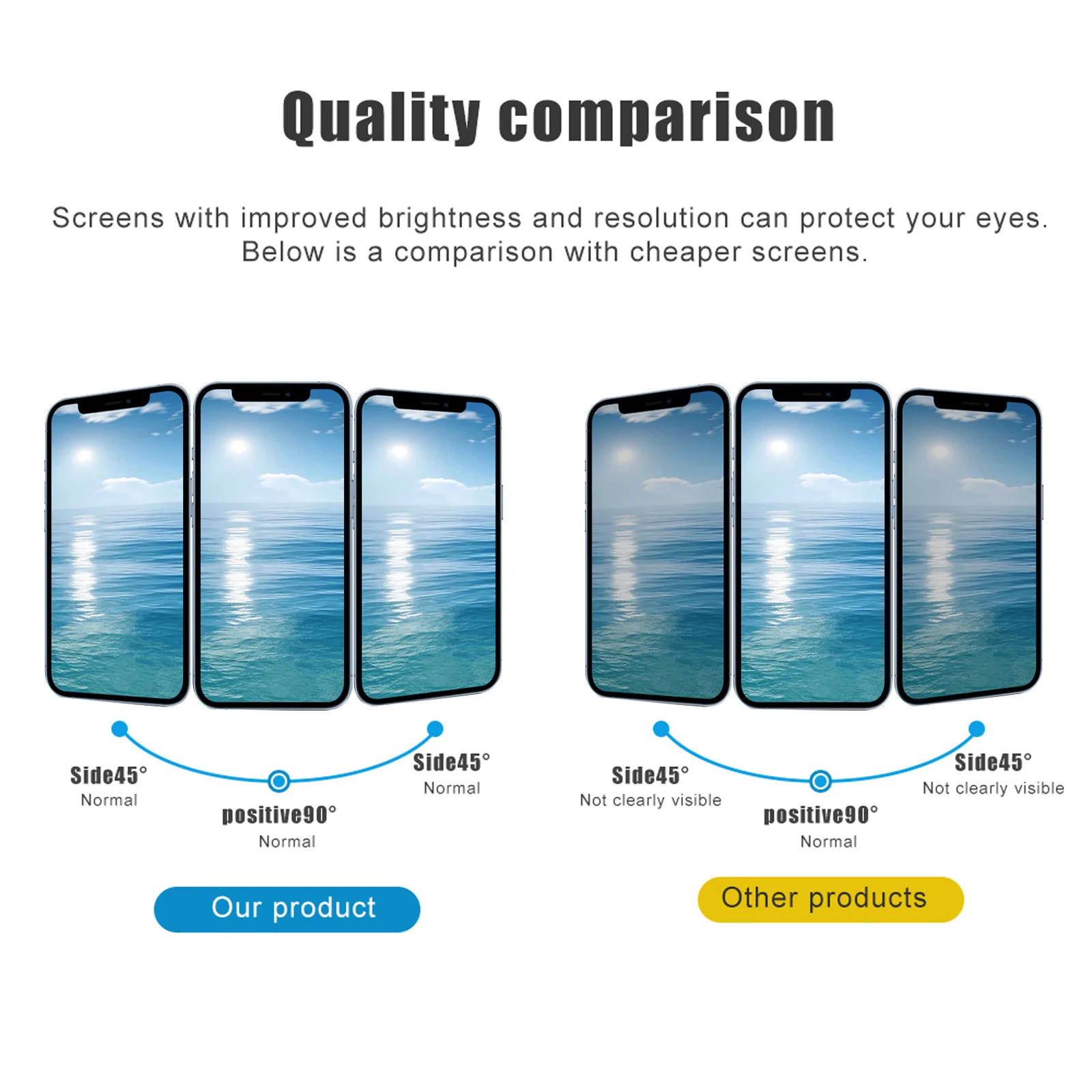
Power consumption comparison
The biggest advantage of the OLED screen is that the power consumption is small, the power consumption of the TFT LCD screen is larger than that of the OLED, and the standby time is shortened after the LCD screen is replaced.
user experience
In low-light environments, users who use OLED mobile phone screens are prone to eye pain. Because LCD can directly reduce the brightness of the screen, and OLED uses the method of adjusting the brightness and non-light duty cycle to deceive the brain to adjust the brightness. This means that in the dark light environment when the human pupil is naturally enlarged to allow more light to enter, the OLED actually enters the pupil at the highest brightness.
According to the iPhone customer experience feedback information, the LCD screen is more in line with the current user habits on the market. Apple is developing LCD screens for both the iPhone Xr and iPhone 11. Compared with OLED, iPhone incell TFT LCD has a larger display effect than the original screen, and the price is much cheaper than OLED.
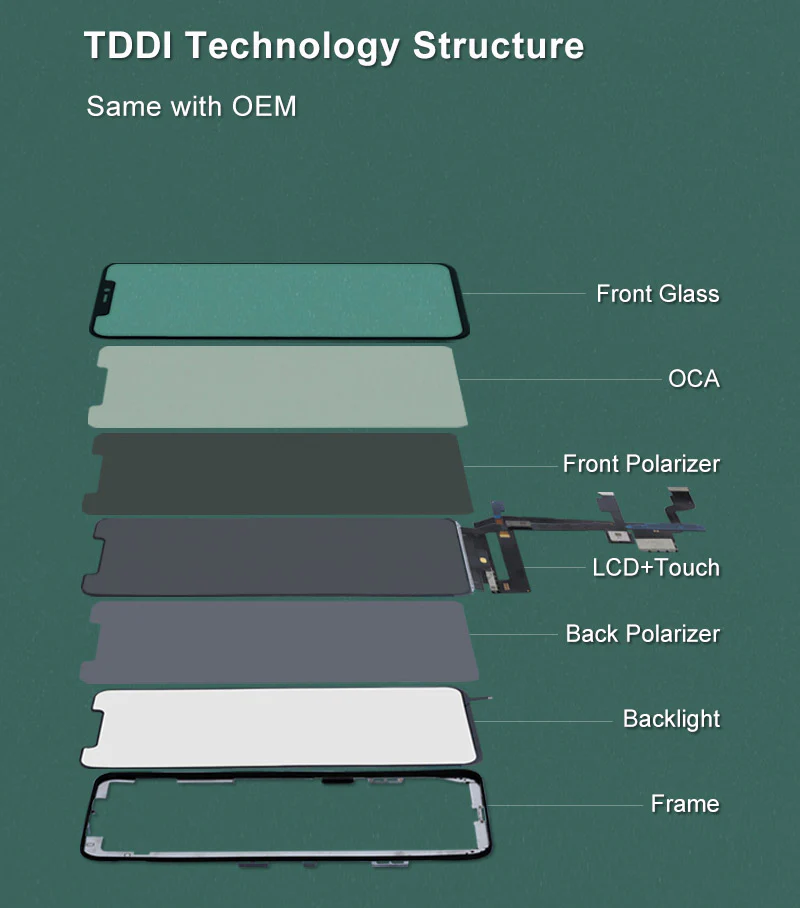
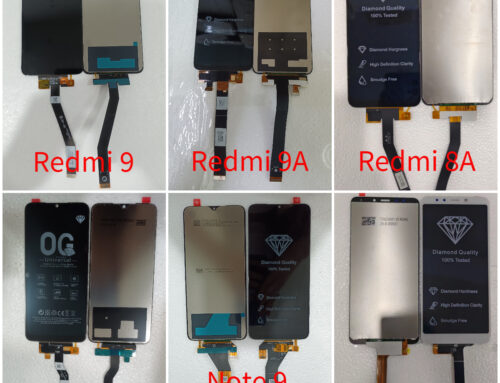
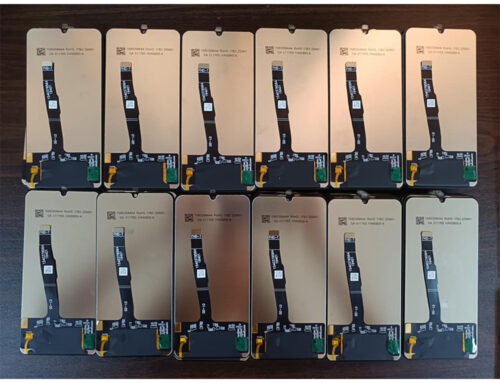
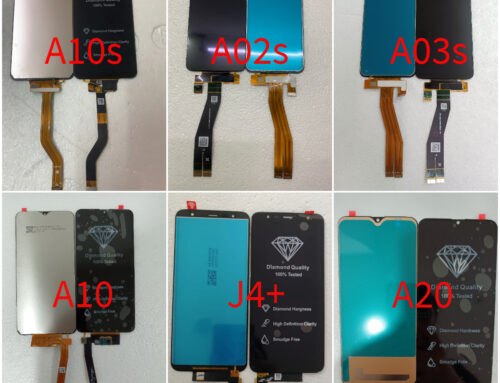
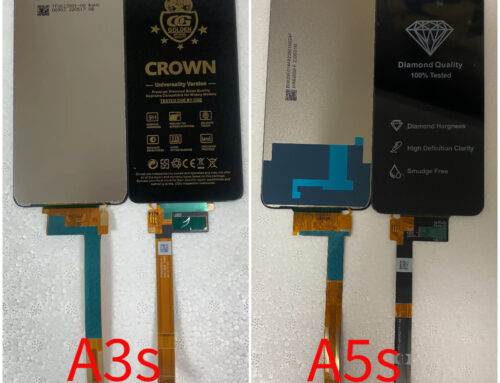
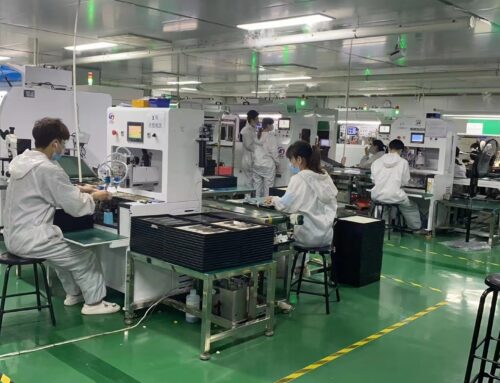
Leave A Comment
You must be logged in to post a comment.